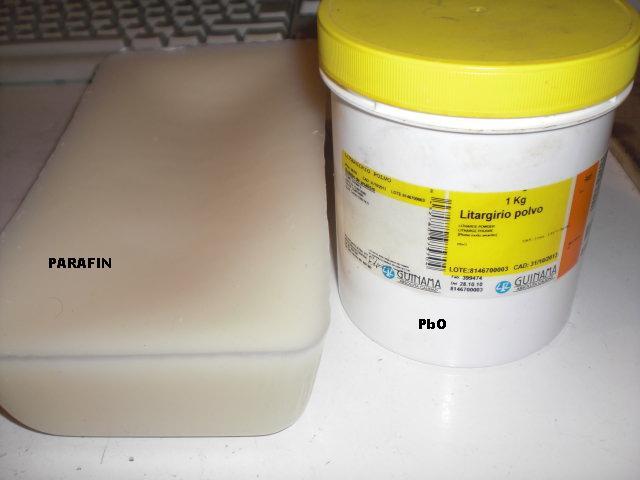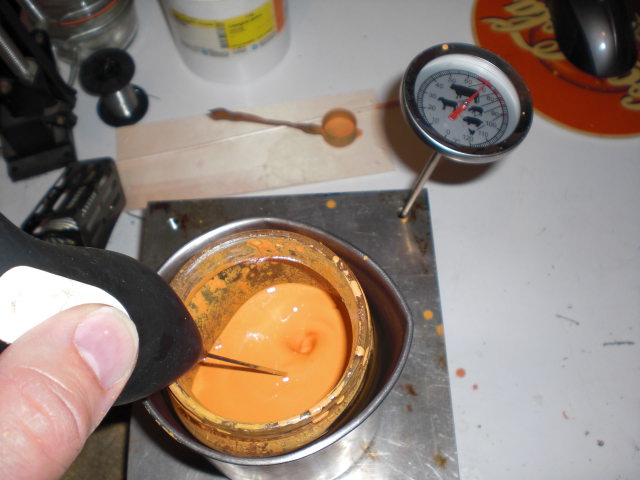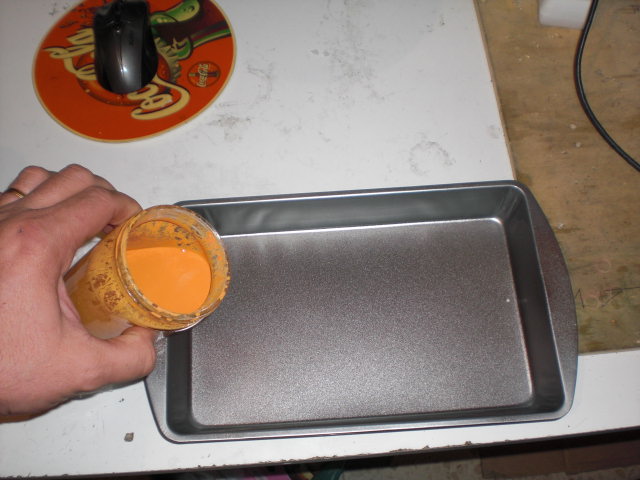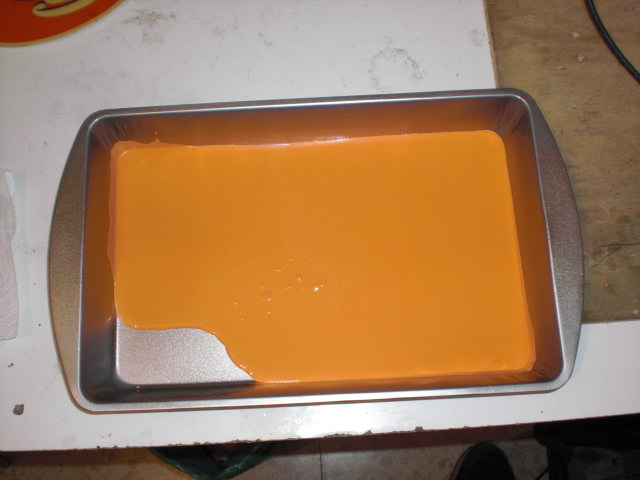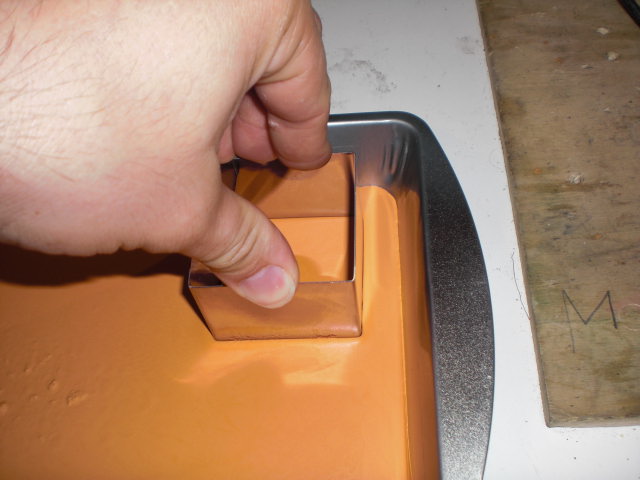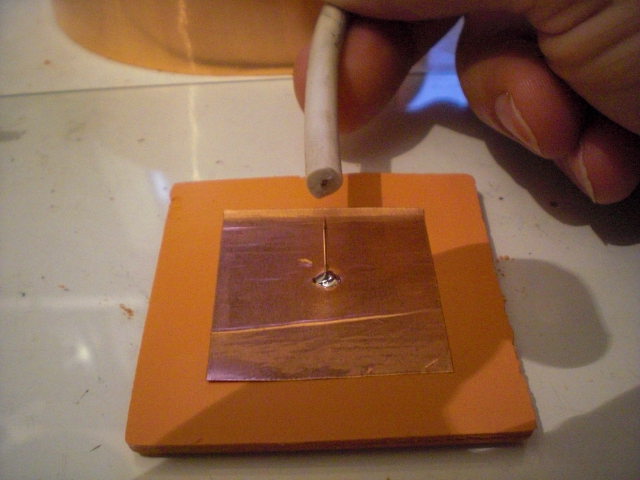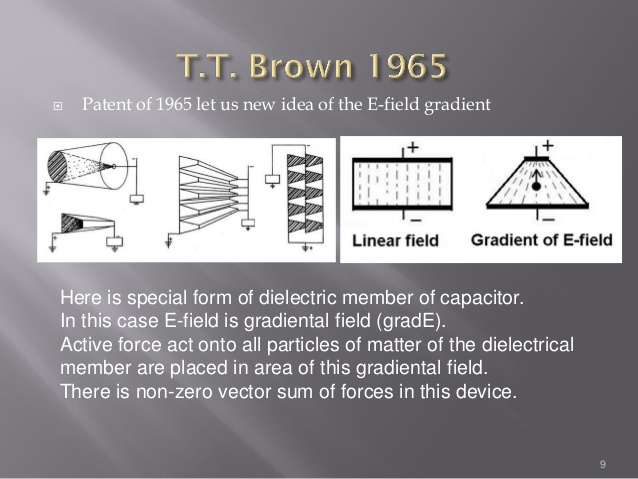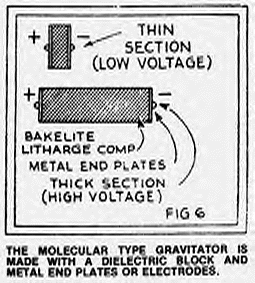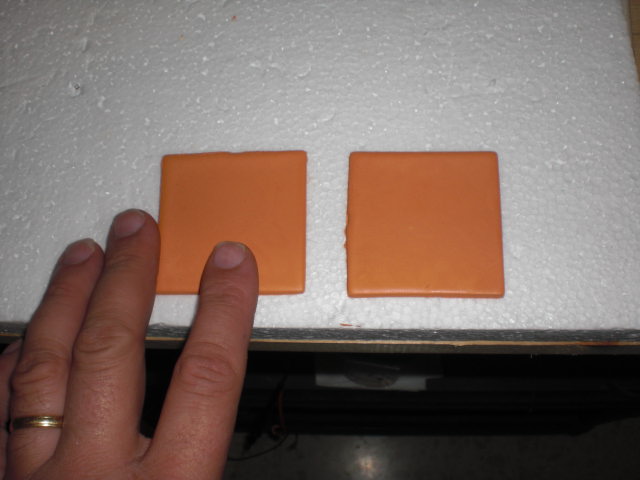
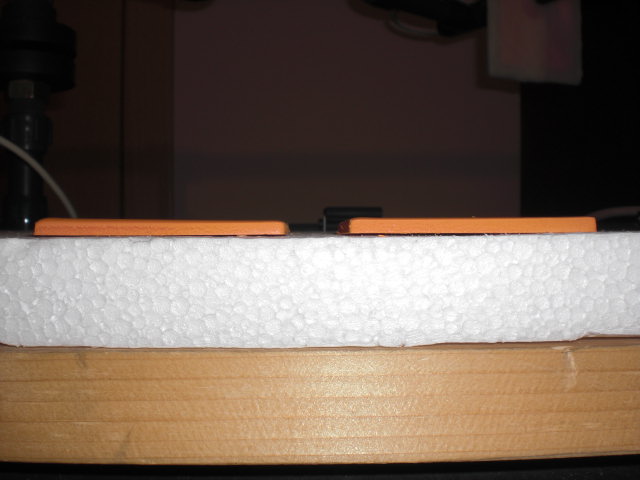

Estoy muy contento con los resultados, ha sido pensado y hecho, de las 5 losas solo he podido despegar correctamente 2 unidades, ahora ya se el truco para despegarlas perfectamente, primero la espatula falló, después aplique calor por abajo y se despegaba pero deformada, al final doblando la bandeja metalica docenas de veces he conseguido que salgan de una pieza, tenia que haber aplicado mas cantidad de parafina ya que la mezcla parece uniforme, ahora cuando se enfrie les pondré 2 armaduras de cobre a cada lado y woala!!.. ya tengo un molecular gravitator de litargirio.
--------------------------------------------------------------------------------
I am very happy with the results, it has been thought and done, of the 5 slabs I could only properly take off 2 units, now is the trick to unstuck perfectly, first espatula failed, then apply heat down and taking off but deformed, at the end bending the metal tray dozens of times I have gotten out of one piece, there had to be applied more quantity of paraffin as the mixture appears uniform, now when cool put them two armor of copper on each side and woala !!. . and I I have a molecular Gravitator litharge.
